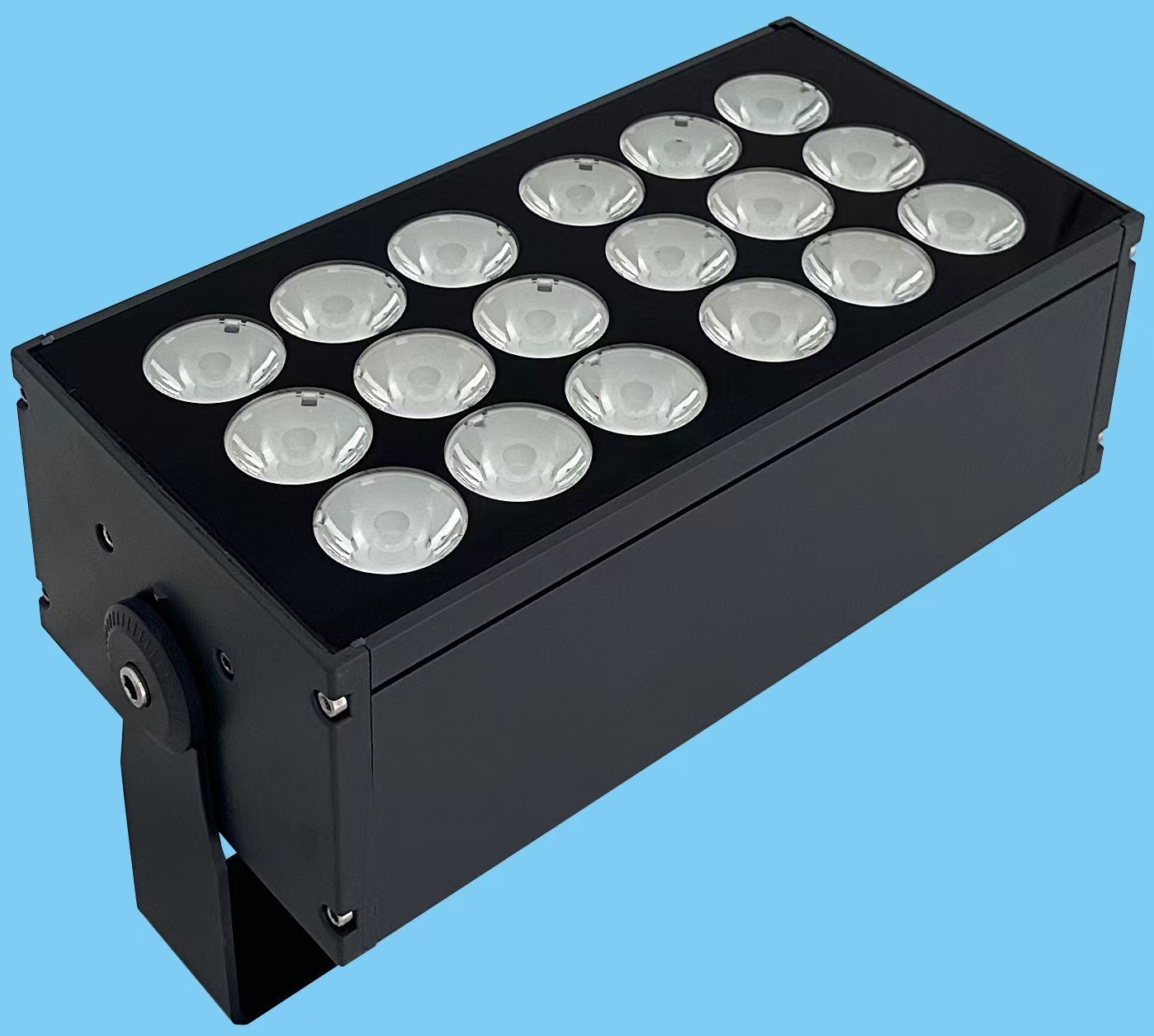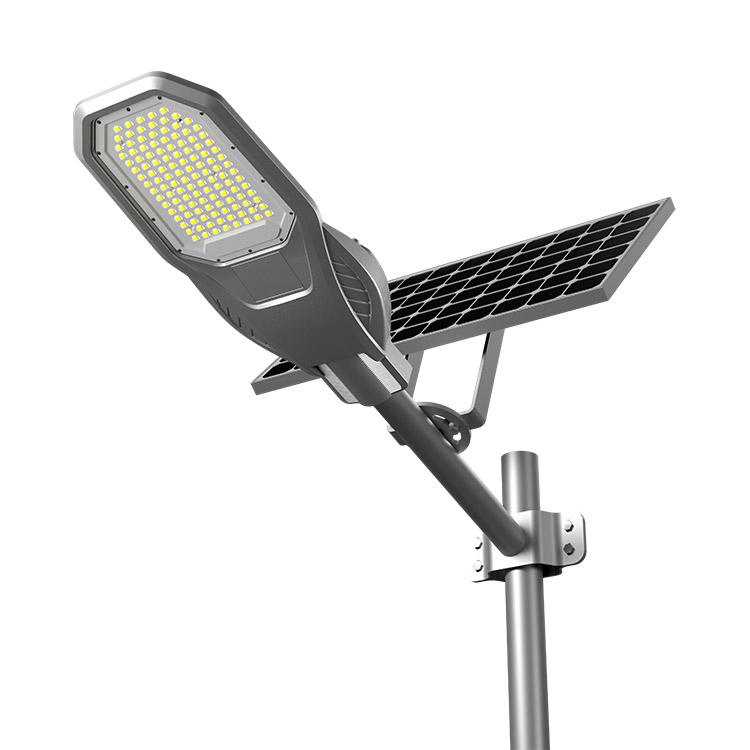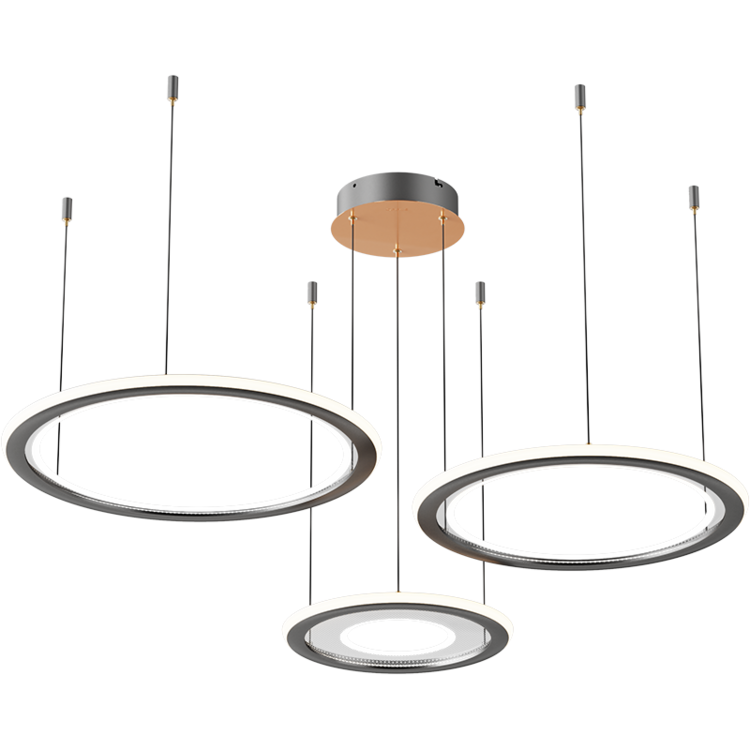The lighting industry, once dominated by simple incandescent bulbs, has transformed into a hotbed of innovation. With the advent of LED technology, smart connectivity, and human-centric design, modern lighting is a complex fusion of electronics, software, material science, and industrial design. In this highly competitive landscape, securing patent protection is not just a legal formality; it is a critical business strategy.
In the highly competitive and rapidly evolving lighting industry, innovation is the key to standing out. From energy-efficient LED architectures to smart, connected lighting systems and avant-garde designs, companies are investing heavily in research and development. However, a groundbreaking idea is only as valuable as its legal protection. This is why securing robust patent protection has become a non-negotiable strategic imperative for lighting manufacturers worldwide.
A patent is more than just a legal document; it is a business asset that safeguards the intellectual property (IP) at the heart of a company's products. For lighting companies, this protection is critical for several reasons:

Here’s why patents are essential for lighting products.
1. Protecting Substantial R&D Investment
Developing a new lighting product requires significant investment in research and development. Companies spend considerable resources on:
Advanced LED Technology: Creating more efficient, longer-lasting, or uniquely tunable LEDs.
Thermal Management: Engineering solutions to dissipate heat effectively, which is crucial for performance and longevity.
Smart Features: Integrating software for connectivity (Wi-Fi, Bluetooth, Zigbee), voice control, circadian rhythm tuning, and automated lighting scenes.
Optics and Design: Designing lenses, reflectors, and diffusers to control light distribution, minimize glare, and create specific aesthetic effects.
A patent grants the inventor a temporary monopoly (usually 20 years), preventing competitors from simply copying these expensive innovations and undercutting the original developer on price.
2. Securing a Competitive Advantage
A strong patent portfolio creates a powerful market position. It allows a company to be the sole entity to produce and sell a specific invention. This exclusivity enables them to:
Command higher prices for their innovative products.
Establish themselves as a technology leader in the field.
Capture market share before competitors can launch similar products.
For example, a patent on a particularly elegant method for blending multiple light sources to create a perfect white light can become a unique selling proposition that competitors cannot legally replicate.

3. Generating Revenue through Licensing
Patents are intangible assets that can be monetized directly. A company may choose not to manufacture the patented technology itself but instead license the rights to other manufacturers. This creates a steady stream of royalty income without the associated production, marketing, and distribution costs. Conversely, a company holding a patent can also cross-license technology with others, gaining access to their patented innovations without fear of infringement lawsuits.
4. Enhancing Company Valuation and Attracting Investment
For startups and tech firms in the lighting sector, a robust patent portfolio is a key indicator of value and innovation to potential investors, partners, or acquirers. It demonstrates:
Technical Expertise: Proof of a capable and inventive R&D team.
Market Potential: Defined ownership of a unique product space.
Defensibility: A tangible barrier to entry for competitors, making the business a more secure investment.
5. Preventing and Defending Against Litigation
In a crowded market, patent ownership is a crucial defensive tool. It acts as a deterrent against competitors who might otherwise file infringement suits. If a company is sued for patent infringement, having its own portfolio of patents can provide leverage for a cross-licensing agreement or a favorable settlement, effectively neutralizing the threat.
What Can Be Patented in a Lighting Product?
It's important to understand the scope of protection. Patents can be sought for various aspects of a lighting fixture:
Utility Patents: Protect the functional aspects—how it works.
A novel circuit design for driver efficiency.
A new heat sink architecture.
A unique method for wireless communication between fixtures.
A groundbreaking manufacturing process.
Design Patents: Protect the ornamental, non-functional appearance—how it looks.
The unique shape of a lamp.
The distinctive arrangement of its components.
The surface ornamentation.
Plant Patents: (Less common) For inventing or discovering a new and distinct variety of plant, which is not typically relevant for lighting.

The Bottom Line
Failing to patent a groundbreaking lighting innovation is a significant business risk. It leaves the door open for competitors to capitalize on your investment, eroding your market position and potential profits. In the modern lighting industry, where technology evolves rapidly, a patent is not merely a piece of paper; it is a essential shield and a strategic sword that protects creativity, rewards innovation, and drives growth. As the industry continues to integrate with the Internet of Things (IoT) and focus on sustainability, the scope of patentable subject matter is expanding. Companies are now protecting software algorithms for adaptive lighting, novel manufacturing processes for reduced waste, and unique designs that are both functional and aesthetic.



